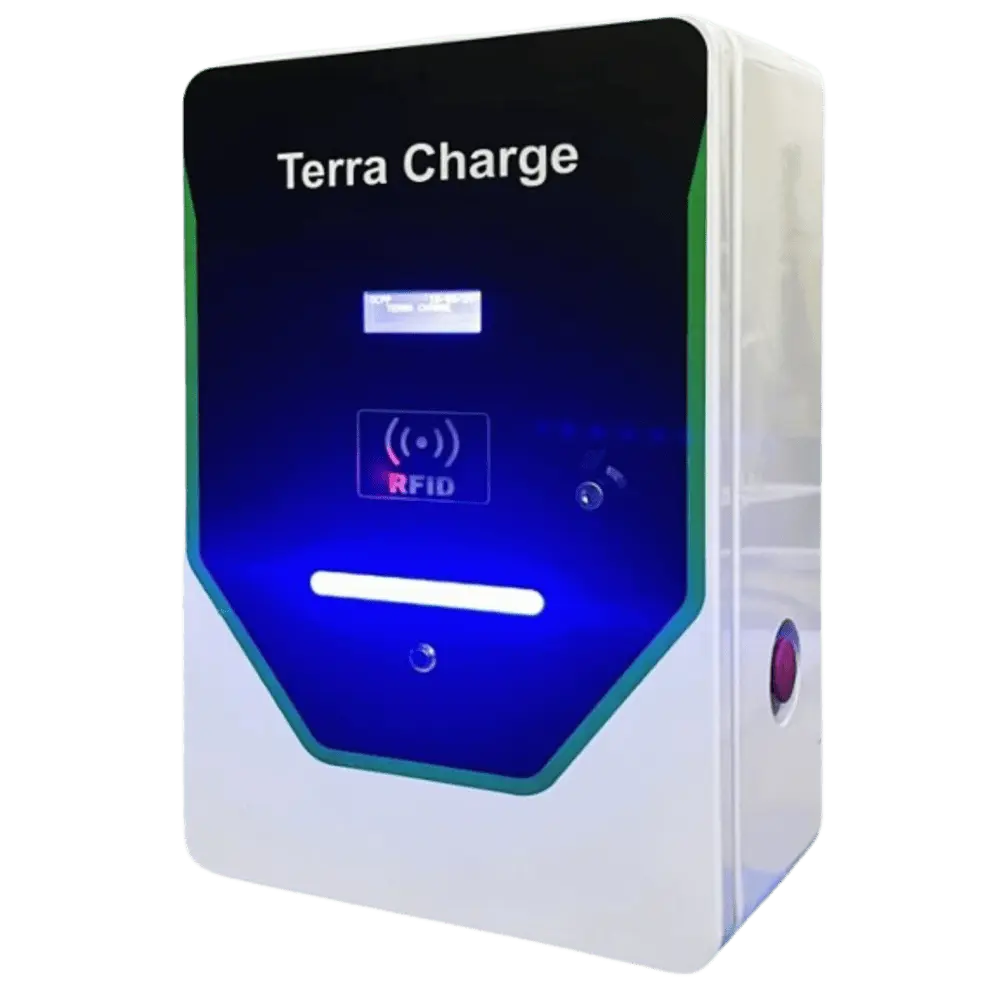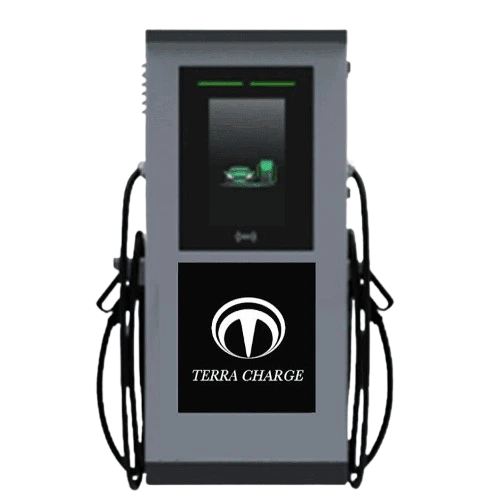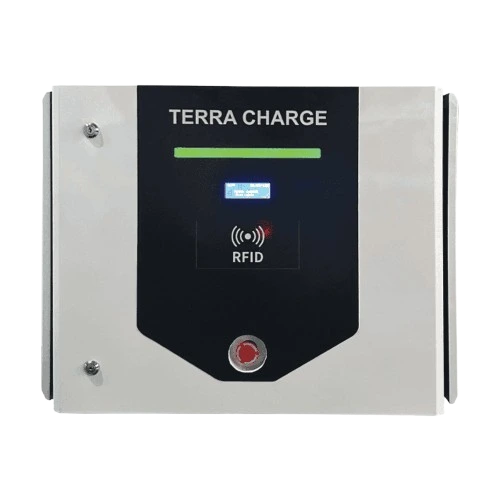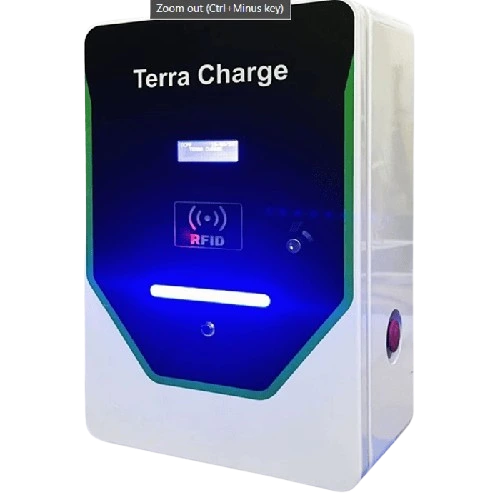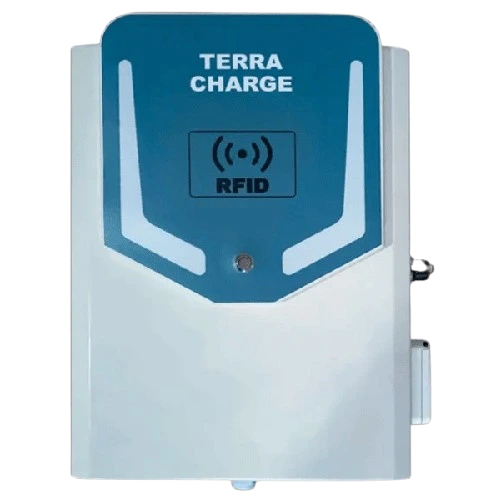With India’s push towards adopting more renewable energy sources, solar-powered EV charging stations are starting to dot the landscape. As of 2023, there are over 250 solar-powered EV charging stations across the country, with many more in the pipeline.
Solar EV charging stations are emerging as a sustainable solution to power electric vehicles while reducing carbon emissions. Recently India got its first EV charging plaza in Leh-Ladakh with 100kW solar panels and 860kW/h lithium battery storage system. With India targeting 30% private electric car adoption by 2030, solar-powered charging infrastructure will play a crucial role in electrifying transportation in a clean manner.
So, in this blog post let’s see how solar EV charging stations work and what all the components it consists of.
How solar charging station works:
It’s a simple flow of energy, the energy generated by the solar panels gets stored in big batteries, and then from the battery, the energy is transferred into the vehicles via the charging point (EV charger). It’s not possible to charge the EV directly from the shining sun without the interface of a battery.
Step-by-step Explanation:
- The solar panels are spread over the roof of the EV charging station exposed naked in front of the sunlight.
- Now in the daytime the panels will create DC electricity that will be converted into AC by the inverter and stored in the batteries.
- The batteries will then charge other EVs via the charger with the electricity that was created using purely renewable sources of energy.
- Although the charging speed will purely depend on the type of charger used, it’s preferred to use slow charging because fast charging requires more energy than is required to fully charge the battery.
- These solar panels will be connected to the grid to sell access to the energy created by the solar panels.
How many solar panels are required:
A typical solar panel (with LxWxH = 197.6 x 99.1 x 3.5 Centimeters) rating of 330W can produce 1.2kWh energy in 5 hours exposed to the sun (considering 20% of the capacity).
So, considering you have a charging station in 600 sq yards and you’ve spread the solar panels in 500 sq yards it can produce a total of 750kWh of electricity if exposed to the sun for 5 hours.
The 750kWh energy is enough to charge 21 Nexon EVs in a day.



